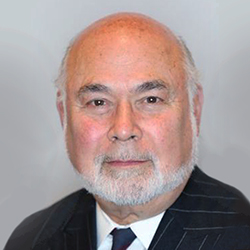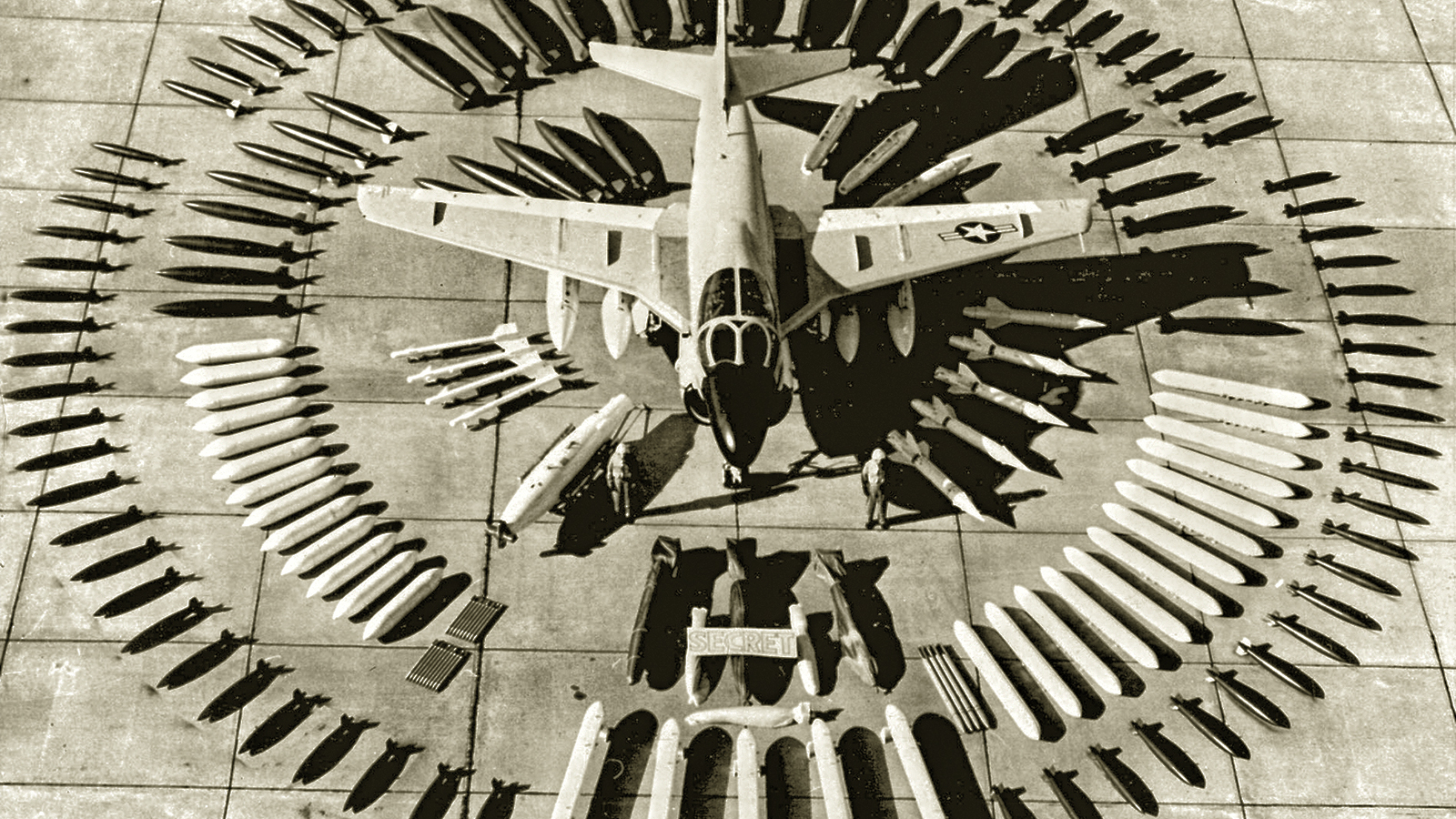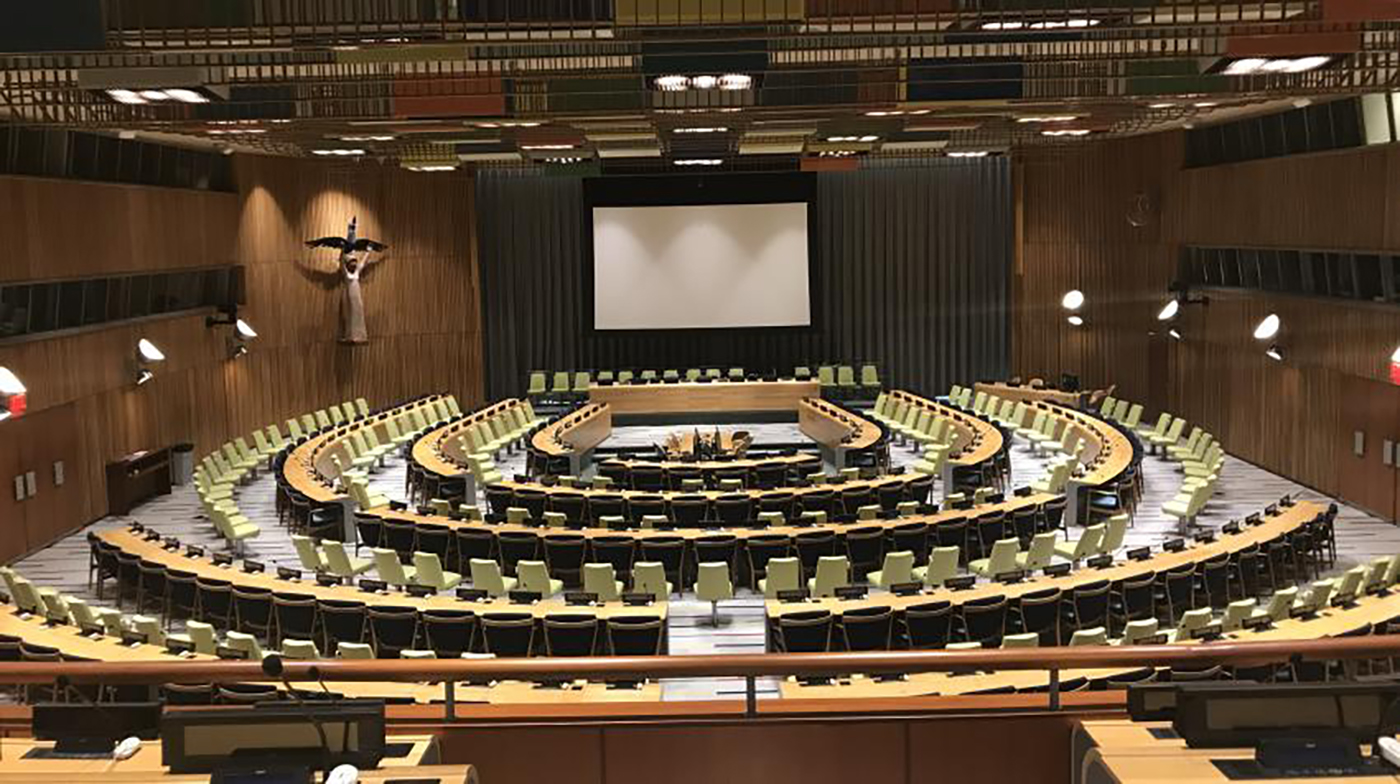June 4, 2000
By Alan Cranston and Zachary Bishop Allen
San Jose Mercury News
YOU ARE POINTING a loaded machine gun at someone just a few feet away. His loaded machine gun is aimed at your chest.
You’ve been doing this for 50 years, and now your adversary is weaker and less bellicose — but you still aren’t sure if you can trust him. Meanwhile strangers are arriving, pulling up chairs and loading machine guns of their own.
But you remain calm. You have a plan: If anyone pulls the trigger, you’ll fire first, knocking down all their bullets before they hit you.
SEEMS CRAZY, doesn’t it? Yet this is a plausible analogy to a serious military proposal on which the president will decide this fall.
The Clinton administration calls it National Missile Defense, and Republicans in Congress want to make the plan even grander and more expensive. But if the system is deployed, it will make the United States less safe — not more.
The plan is flawed for three reasons: First, the current threat has been exaggerated. Second, the program would jeopardize nuclear stability. Third, the technology cannot fulfill its promise.
Sizing up the threat
Your machine gun is not just a gun, of course: It is a cluster of Peacekeepers, state-of-the-art intercontinental ballistic missiles tucked away in underground silos somewhere in Nebraska. If you give the order, 10 missiles are launched with the push of one button. Each missile carries 10 nuclear warheads. Your 10 missiles have enough firepower to vaporize 100 major cities within 30 minutes, and they’re part of an arsenal consisting of more than 6,000 nuclear warheads.
Your main adversary’s arsenal is just as potent. Its 6,000 nuclear warheads are capable of destroying Silicon Valley, Los Angeles, Seattle, New York, Washington and much else in those same 30 minutes.
As many of America’s best security experts agree, the sad reality is this: No matter how much we may spend on national missile defense, it will never be capable of stopping all those enemy missiles. Once the buttons are pushed, nothing can prevent the devastation of a nuclear exchange.
But perhaps you are more optimistic. You know that your original adversary is just a shadow of his former self, now that the Cold War is over and the Soviet Union has unraveled.
The real threat, you’ve heard, comes from elsewhere: North Korea, perhaps, or another “rogue” such as Iraq or Iran. Isn’t that why we need an insurance plan?
Well, no. Most security experts see the prospect of such “rogue” missiles as extremely remote.
Wolfgang Panofsky, director emeritus of the Stanford Linear Accelerator Center and a respected nuclear analyst, notes that North Korea and other rogue states still lack the capability to deliver nuclear weapons with long-range missiles. Their current missiles, if fired toward the United States, would land somewhere in the middle of the Pacific Ocean.
Developing full ICBM capability would require several years of tests, Panofsky says. Such testing, in addition to being incredibly expensive for North Korea, would surely be detected by the United States and other “rational” nuclear powers, who could put a stop to it.
Furthermore, North Korea is still subject to the U.S. deterrent capability. Its leaders know that launching a nuclear-missile attack on the United States would mean committing national suicide.
The real threat comes from non-state terrorists, who are far more likely to bring a nuclear weapon into San Francisco Bay or the New York harbor in the belly of a cargo ship, or across the Canadian border in a truck. Obviously, national missile defense does nothing to address that more dangerous threat.
A risky strategy
But if the present risk has been exaggerated, the future risk has not been explored enough.
China today is a benign nuclear power. Unlike the Russians and Americans, the Chinese keep their missiles responsibly unfueled, decoupled from nuclear warheads and off high alert.
But former Ambassador Thomas Graham, who served as President Clinton’s special representative on arms control from 1994 to 1997, predicts that China’s posture could change abruptly. If the United States were to adopt and deploy the Clinton proposal, Graham says, China would expand its arsenal and ratchet up its level of readiness.
As for the Russians, they want to shrink their arsenal. Their command-and-control structure is deteriorating, and the upkeep of their security forces is strained by a faltering economy. The government can’t pay its officers regularly, so the risk of theft or bribery to remove nuclear weapons from Russian control is increasing. And internal political instability is an ongoing danger.
Security experts also worry about the accident-prone early-warning systems of both the United States and Russia, which have mistaken a Norwegian weather satellite, a flock of geese and the rising moon for inbound missiles.
Clearly, disarmament in Russia is in the best interests of the United States. But Graham and other analysts suggest that if the United States proceeds with national missile defense, the Russians will reverse course — increasing the size and readiness of their nuclear arsenal.
It may be that compromises could be found to make national missile defense acceptable to China and Russia. If the United States makes the undesirable decision to proceed, it should make every effort to avoid fracturing relations with China and Russia.
Technical difficulties
Finally, the technical effectiveness of national missile defense is doubtful. Security experts from Stanford, Harvard, the Massachusetts Institute of Technology, the American Physical Society and the Union of Concerned Scientists declared in an April report that the technology is doomed to fail.
“The U.S. system will not be impermeable,” warns George Lewis, a noted security researcher at MIT. It won’t even provide “reliable or effective protection” against the one threat it is intended to counter, namely long-range missiles armed with nuclear warheads.
The program flunked one of its first two technical tests, notes Andrew Sessler, former director of the Lawrence Berkeley Laboratory. The other test was rigged so that the system knew in advance what its target looked like.
Indeed, none of the 17 scheduled tests remaining will simulate realistic field conditions, the scientists conclude. The system can be confused by countless decoys.
A third test, originally scheduled for this month, has been delayed slightly. This pushes the timeline for Clinton’s decision right into the fall election season, a time when political pressures will cloud judgment on this important issue.
If we go ahead with the national missile-defense proposal, we will commit to spending more than $60 billion for a system designed to knock down just a handful of missiles. A larger system will cost many times more, and will result in an overall decrease in security. The United States has spent in excess of $122 billion over the past 50 years on missile-defense projects, and none of the previous plans worked either.
There are better alternatives. We must strengthen, not weaken, the international agreements we have already signed, including the Nuclear Non-Proliferation Treaty, the Anti-Ballistic Missile Treaty and the Comprehensive Test Ban Treaty. We must help the Russians disarm along with us. And we must invest more in measures to prevent the spread of nuclear-weapon materials.
To people with machine guns pointed at their chests, the answer is obvious: Put down the guns and talk calmly. *
Alan Cranston, who represented California in the U.S. Senate from 1969 to 1993, is founder and president of the Global Security Institute in San Francisco. Zachary Bishop Allen is program coordinator for the institute (www.gsinstitute.org). They wrote this article for Perspective.
Jonathan Granoff is the President of the Global Security Institute, a representative to United Nations of the World Summits of Nobel Peace Laureates, a former Adjunct Professor of International Law at Widener University School of Law, and Senior Advisor to the Committee on National Security American Bar Association International Law Section.







